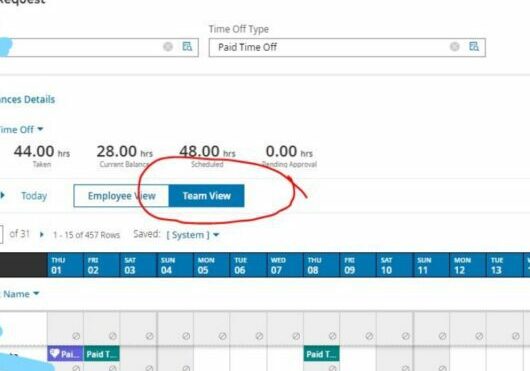All Overtime Is Not Created Equal
by Paul Devlin

Overtime, while an essential tool for meeting business demands, carries implications for both employees and the organization. Today’s blog post aims to provide HR professionals with insights into managing overtime effectively.
Understanding Overtime
Overtime refers to the hours worked beyond the standard working hours set by the employer. It can be categorized into two main types:
-
Compulsory Overtime: This type of overtime requires employees to work extra hours as determined by their employer. It’s often dictated by business needs and is mandatory.
-
Voluntary Overtime: In this case, employees choose to work additional hours beyond their regular schedule, either to increase their earnings or to complete tasks at their discretion.
Both types have different implications for workforce management and require tailored approaches from HR.
The Impact of Overtime on Workers
Overtime can significantly affect both the mental and physical health of employees. Extended working hours can lead to stress, burnout, decreased productivity, and even long-term health issues. A study published in the American Journal of Industrial Medicine found that individuals working more than 60 hours per week had higher incidences of heart disease, stress-related disorders, and diabetes. On the other hand, well-managed overtime can boost morale by providing employees with opportunities for higher earnings and demonstrating trust in their capabilities to handle critical tasks.
Business Implications
For businesses, overtime is a double-edged sword. While it provides the flexibility to meet increased demand without the immediate need for new hires, it also brings additional costs. These include not just the higher wages paid for overtime work but also potential increases in turnover rates and decreases in overall productivity if employees become burnt out.
Factors to Consider in Overtime Policies
When drafting overtime policies, several factors must be considered:
- Workload Management: Assess whether overtime is being used as a stop-gap for inefficient workload management or if it genuinely reflects fluctuating demand.
- Employee Satisfaction and Retention: Understand how overtime practices affect employee morale and retention. Regularly soliciting feedback can provide valuable insights.
- Legal Compliance: Ensure that your overtime policy complies with local labor laws, which can vary significantly by jurisdiction.
Handling Different Types of Overtime
Adopting strategies for different overtime scenarios is key. For compulsory overtime, clear communication about expectations and compensations is crucial. Providing as much notice as possible helps employees manage their schedules better. For voluntary overtime, creating an equitable system for offering opportunities ensures fairness and minimizes potential conflicts.
Real-World Examples
Many businesses are finding innovative ways to manage overtime. For instance, Toyota implemented a “flexible work system” that allows employees to accumulate days off in lieu of overtime pay, helping to manage production needs while considering employee well-being. Similarly, Google has focused on optimizing productivity within standard work hours, minimizing the need for overtime through efficiency and a balanced workload.
Key Takeaways for HR Professionals
Setting effective overtime policies requires a comprehensive understanding of its impact on both employees and the business. Here are the key takeaways:
- Balance Is Key: Strive for a balance between meeting business needs and ensuring employee well-being.
- Clear Communication: Be transparent about your organization’s overtime policies, including how decisions are made and what employees can expect.
- Regular Review: Continuously assess the effectiveness of your overtime policies and be willing to adjust based on feedback and changing business needs.
- Employee Support: Provide support for employees working overtime, such as flexible scheduling options and wellness programs, to mitigate negative impacts.
By thoughtfully managing overtime, HR professionals can not only enhance productivity and satisfaction but also contribute to a healthier work environment that values both performance and well-being.
This article does not constitute legal advice. For more information please reference related articles in your APlus HR resource center or ask your friendly APlus CSS about our On-demand HR live advice line where, for a small fee, you can be connected to a certified HR advisor.



